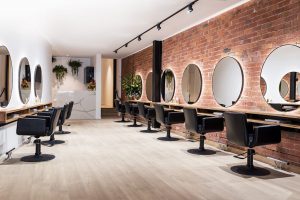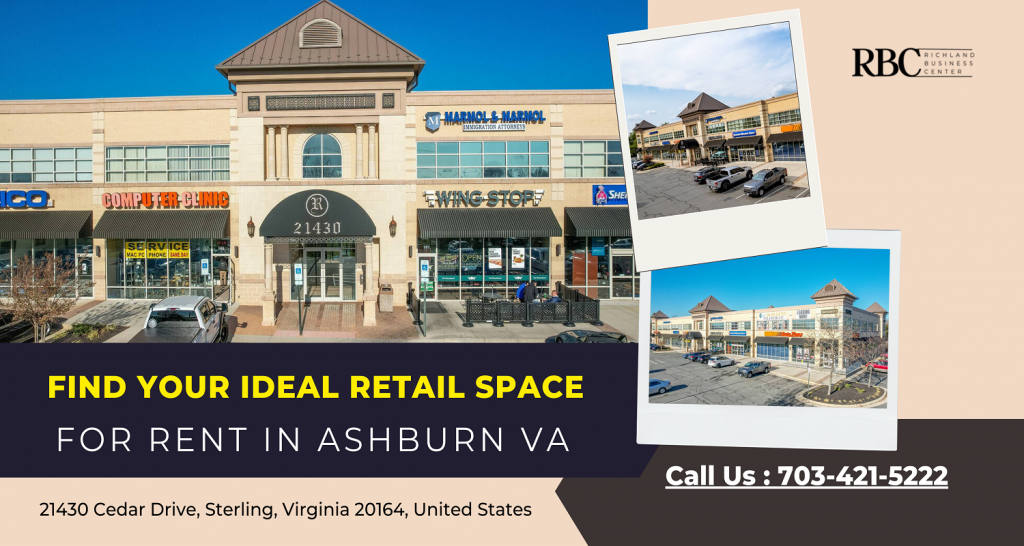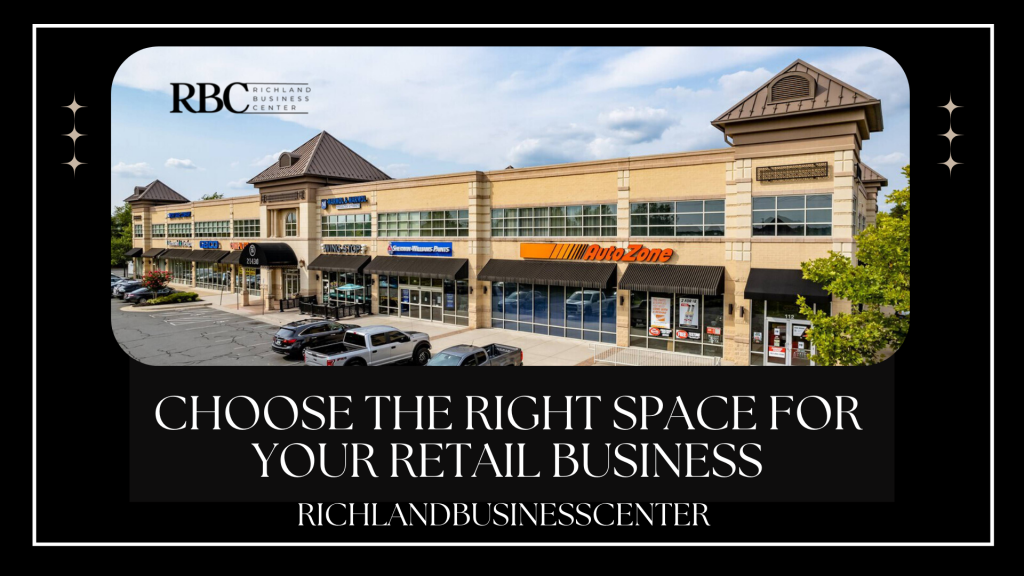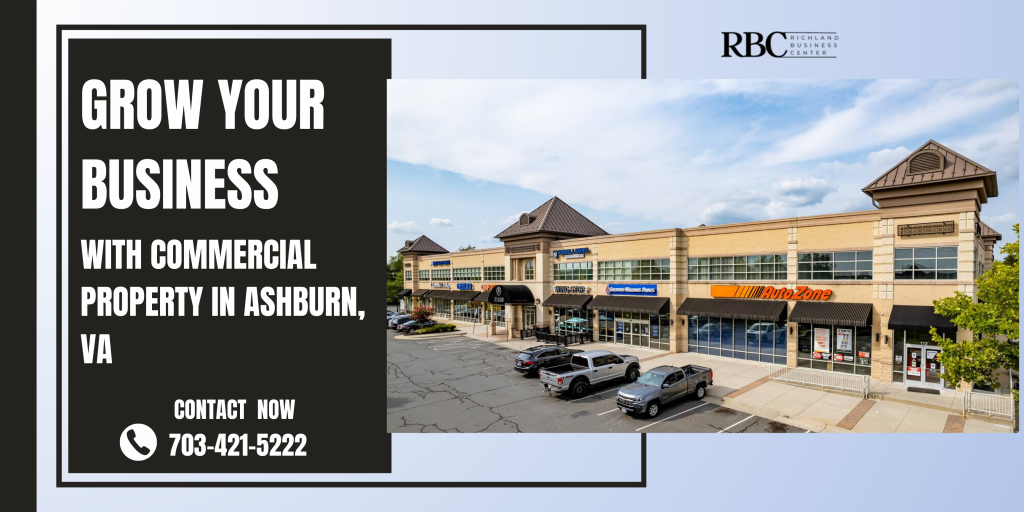Retail Realities: What You Should Know About renting retail space
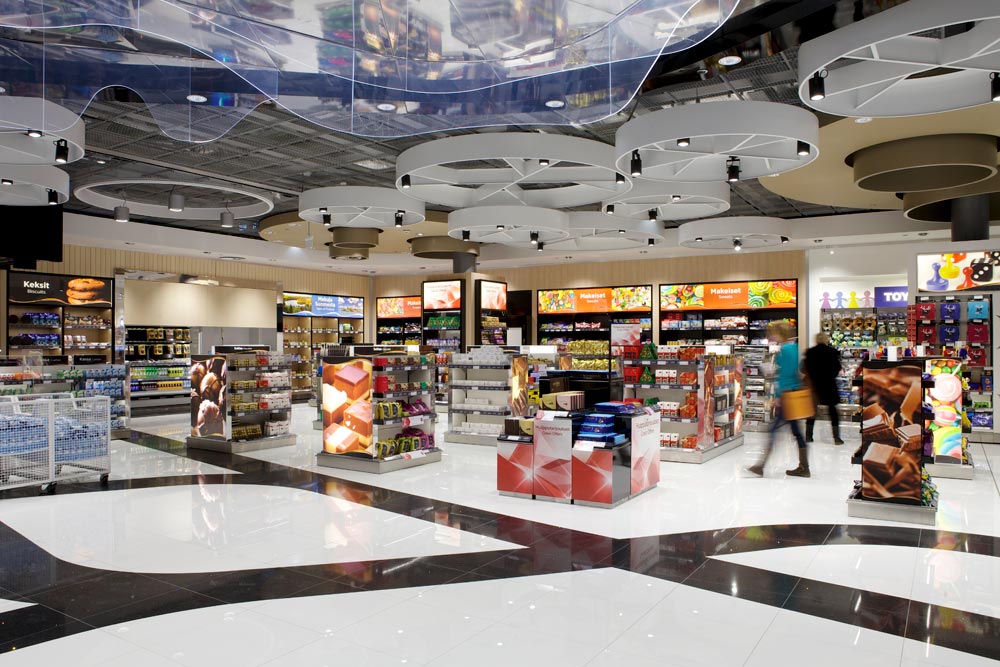 Introduction
Introduction
In the bustling commercial landscape of Sterling, Virginia, the quest for the perfect retail space becomes a pivotal journey for entrepreneurs seeking to establish their presence. As the demand for retail space for rent in Sterling, VA, continues to surge, understanding the dynamics of this local market becomes paramount for businesses looking to thrive in the community.
A. Defining the Retail Space Rental Landscape
Navigating the nuances of the Sterling retail scene involves more than just finding a location – it’s about strategically positioning your business in a space that resonates with the local clientele. With “Retail space for rent in Sterling VA” being a crucial keyword, this guide aims to shed light on the intricacies of the rental landscape, helping you make informed decisions that align with the unique characteristics of Sterling.
B. The Significance of Strategic Location
In Sterling, where every street corner tells a story, the significance of strategic location cannot be overstated. Beyond the mere coordinates, understanding the pulse of the community and its preferences is key to choosing a retail space that seamlessly integrates with the local ethos. As we delve into the various aspects of retail space rental, keep in mind the specific nuances that make Sterling, VA, a distinctive market for businesses.
Key Considerations Before Renting
Before taking the plunge into renting a retail space, it’s imperative to thoroughly evaluate various factors that can significantly influence the success of your business venture. Let’s delve deeper into the key considerations that demand your attention:
A. Analyzing Foot Traffic Patterns
Understanding and analyzing foot traffic is akin to predicting the heartbeat of your business. It’s not just about the number of people passing by; it’s about the quality of those interactions. Consider the following:
1. High-Visibility Locations: Explore areas with consistent high foot traffic to maximize exposure and increase the likelihood of attracting potential customers.
2. Demographic Relevance: Analyze the demographic profile of the foot traffic. Ensure it aligns with your target audience to enhance the chances of converting passerby into customers.
3. Peak Hours: Identify peak hours of foot traffic to optimize staff scheduling and tailor promotions to capture the attention of a larger audience.
B. Budgeting for Rental Costs
Financial planning is the backbone of any successful business venture. When it comes to retail space rental, budgeting goes beyond the monthly lease payment. Consider the following financial aspects:
1. Monthly Lease Costs: Clearly understand the total monthly cost of the lease, including any additional charges such as maintenance fees, utilities, and property taxes.
2. Initial Setup Expenses: Factor in the costs of setting up your retail space, including interior design, signage, and initial inventory.
3. Contingency Fund: Establish a contingency fund to cover unforeseen expenses and navigate any financial challenges that may arise.
C. Understanding Lease Terms and Conditions
The lease agreement is a legally binding document that outlines the terms and conditions of your tenancy. It’s crucial to comprehend the intricacies to protect your interests. Consider the following aspects:
1. Lease Duration: Evaluate whether a short-term or long-term lease aligns with your business goals. Each option has its advantages and drawbacks.
2. Rent Escalation Clauses: Be aware of rent escalation clauses that may result in increased rental costs over time. Negotiate terms that are favorable to your business.
3. Exit Strategies: Anticipate the future. Understand the conditions under which you can exit the lease gracefully or negotiate for favorable renewal terms.
Taking the time to thoroughly analyze these key considerations ensures that your dec
ision to rent retail space is well-informed and aligns with both your immediate financial capabilities and long-term business objectives. It lays the foundation for a successful and sustainable retail venture.
Find outstanding retail opportunities in Sterling, Virginia! Ask about our available retail space for rent today to start realizing your business’s potential
Eco-Friendly Store Design
Eco-friendly store design goes beyond aesthetics; it encompasses a holistic approach to creating retail spaces that minimize environmental impact, promote sustainability, and prioritize responsible resource usage. Here’s a deeper exploration of the key elements involved in eco-friendly store design:
1. Sustainable Materials:
- Utilization of renewable and recyclable materials: Opt for materials that have minimal environmental impact, such as bamboo, reclaimed wood, recycled metals, and glass. These materials not only reduce the demand for new resources but also contribute to a unique and visually appealing store aesthetic.
2. Energy-Efficient HVAC Systems:
- High-efficiency heating, ventilation, and air conditioning (HVAC) systems: Invest in systems that optimize energy usage and reduce overall environmental impact. Proper insulation and smart HVAC controls can further enhance energy efficiency.
3. Waste Reduction and Recycling Stations:
- Designate specific areas for recycling and composting within the store.
- Minimize packaging waste by opting for sustainable packaging materials and encouraging customers to bring reusable bags.
4. Energy-Efficient Store Layout:
- Optimize the store layout to maximize natural light and reduce the need for artificial lighting during daylight hours.
- Arrange merchandise strategically to enhance visibility and accessibility, reducing the need for excessive displays.
Security and Safety Measures
Security and safety are paramount in creating a conducive and trustworthy environment for both customers and staff. In the context of renting retail space, implementing robust security and safety measures is not just about compliance but also about fostering a sense of security that enhances the overall shopping experience.
A. Implementing Surveillance Systems
1. Strategic Camera Placement: Install surveillance cameras strategically to cover key areas, such as entrances, exits, and high-value product displays. This not only acts as a deterrent to potential thieves but also provides valuable footage for investigations.
2. 24/7 Monitoring: Ensure that surveillance systems are actively monitored around the clock. This proactive approach allows for immediate response to any suspicious activities or security breaches.
3. Integration with Alarm Systems: Integrate surveillance systems with alarm systems for a comprehensive security solution. This ensures that any unusual activities trigger immediate alerts, allowing for a swift response.
B. Emergency Response Plans
1. Emergency Exit Protocols: Clearly define and communicate emergency exit protocols to all staff members. Regularly conduct drills to ensure that everyone is familiar with evacuation procedures in case of fire, natural disasters, or other emergencies.
2. First Aid Stations: Have well-equipped first aid stations within the retail space. Train staff in basic first aid procedures, and ensure that emergency contact information is readily available.
3. Collaboration with Emergency Services: Establish a working relationship with local emergency services. Provide them with a layout of your retail space and update them on any changes. This collaboration can expedite emergency response times.
Find outstanding retail opportunities in Sterling, Virginia! Ask about our available retail space for rent today to start realizing your business’s potential
Building Relationships with Landlords and Neighbors
A. Effective Communication Strategies
Establishing open and effective communication with your landlord is fundamental to a positive and mutually beneficial relationship. Consider these strategies:
1. Regular Updates and Check-ins: Maintain regular communication to update the landlord on the status of your business and discuss any concerns or improvements needed.
2. Transparency: Be transparent about your business plans, including any changes that may impact the property. This fosters trust and ensures that both parties are on the same page.
3. Prompt Issue Resolution: If issues arise, address them promptly. Whether it’s a maintenance concern or a request for modifications, addressing matters in a timely manner shows your commitment to maintaining the property.
Future Trends in Retail Space Rental
As the retail landscape continues to evolve, staying abreast of future trends in retail space rental is crucial for businesses aiming for sustained success. Anticipating and adapting to these trends can provide a competitive edge and position your retail space for long-term viability.
A. Impact of Technology Advancements
1. Smart Retail Spaces: With the rise of the Internet of Things (IoT), retail spaces are becoming smarter. Integration of sensors, beacons, and AI-driven analytics can enhance customer experiences, streamline operations, and offer personalized services.
2. Augmented Reality (AR) Experiences: Future retail spaces may incorporate AR technologies, allowing customers to visualize products in-store through virtual displays or interactive experiences, bridging the gap between physical and online shopping.
3. Contactless Payment Systems: The shift towards contactless payments is likely to intensify. Retail spaces need to adapt by embracing secure and convenient payment technologies, enhancing the overall customer journey.
B. Emerging Consumer Preferences
1. Experience-Centric Spaces: Beyond just shopping, consumers are seeking immersive experiences. Future retail spaces may prioritize creating environments that engage customers emotionally, encouraging longer dwell times and increased brand loyalty.
2. Sustainable and Ethical Practices: Conscious consumerism is on the rise. Retailers will need to adopt sustainable practices, from eco-friendly store designs to ethical sourcing, aligning with the growing demand for environmentally and socially responsible businesses.
3. Personalized Shopping Experiences: AI-driven algorithms and data analytics will play a pivotal role in tailoring shopping experiences. Retail spaces may leverage customer data to offer personalized recommendations, promotions, and services.
Managing Finances Effectively
Running a successful retail business requires not only a keen understanding of your products and customers but also a strategic approach to financial management. In this section, we delve into key considerations for managing your finances effectively to ensure the long-term sustainability of your retail space.
A. Tracking Sales and Expenses
Accurate financial tracking forms the foundation of effective financial management. Implementing robust systems to track sales and expenses allows you to gain insights into your cash flow, identify profitable products or services, and pinpoint areas where costs can be optimized. Utilize accounting software, POS systems, and regular financial reviews to maintain a real-time understanding of your financial health.
B. Budgeting for Marketing Initiatives
Marketing is an essential component of driving foot traffic and increasing sales. However, it’s crucial to budget wisely to maximize the impact of your marketing initiatives. Develop a comprehensive marketing budget that includes online and offline channels, promotions, and advertising costs. Regularly evaluate the return on investment (ROI) of each marketing strategy to refine and optimize future budgets.
C. Emergency Fund Planning
In the unpredictable world of retail, having a financial safety net is imperative. Establishing and maintaining an emergency fund provides a buffer against unforeseen challenges such as economic downturns, unexpected expenses, or disruptions in the supply chain. Your emergency fund should cover essential operating expenses, ensuring that your business can weather unexpected storms without compromising its financial stability.
Effective financial management involves not only balancing the books but also proactively planning for the future. By staying vigilant with financial tracking, strategic budgeting, and the establishment of a robust emergency fund, your retail business can navigate financial challenges with resilience and continue on the path to sustained success.
Conclusion
In conclusion, venturing into the realm of retail space rental demands a meticulous approach, considering a myriad of factors to ensure long-term success. From strategically selecting the right location and negotiating favorable lease terms to embracing technological advancements and sustainable practices, this guide has unraveled the complexities inherent in renting retail space. As the retail landscape continues to evolve, adapting to changing consumer behaviors and fostering positive relationships with landlords and neighbors become paramount. By embracing the insights provided here, aspiring retailers can not only navigate the challenges of renting space but also create thriving, customer-centric environments that stand the test of time. As we gaze into the future, staying attuned to emerging trends and drawing inspiration from successful case studies will be key to staying ahead in the dynamic world of retail.
Frequently Asked Questions
Q1: Why is choosing the right retail space important?
Ans: The location and layout of your retail space significantly impact your business’s success. A well-chosen space can attract more customers, enhance visibility, and contribute to overall brand image.
Q2: What are common lease terms for retail spaces in Sterling, VA?
Ans: Lease terms vary, but typical retail leases run for 3 to 10 years. Negotiate terms that provide flexibility for your business while considering factors like rent increases, maintenance costs, and potential expansion options.
Q3: What are common mistakes to avoid when renting retail space?
Ans: Common mistakes include not thoroughly researching the location, neglecting lease terms, underestimating additional costs, and overlooking potential competition. Conducting due diligence can help you avoid these pitfalls.

